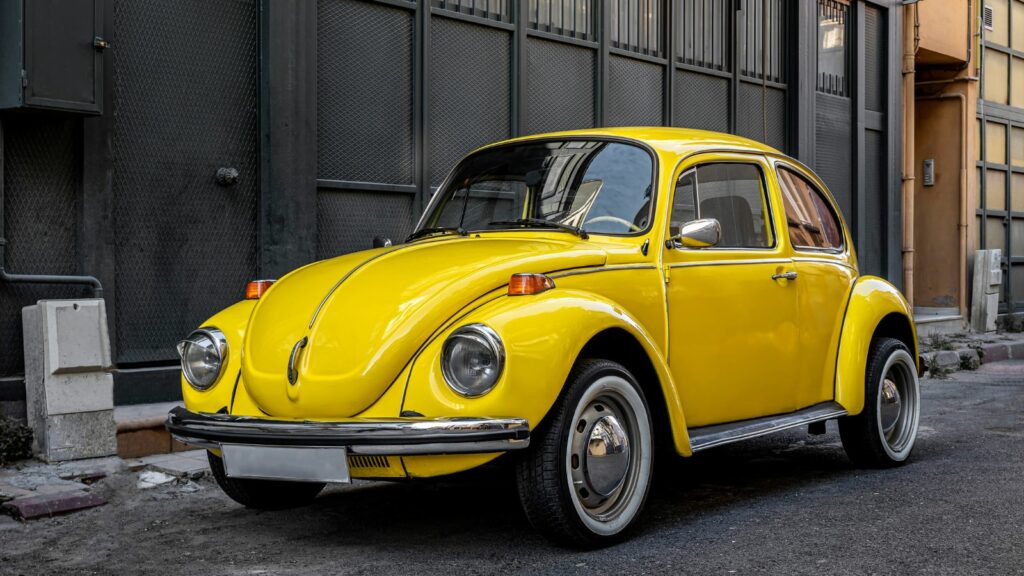Some of the most frequently seen vehicles on Canadian roads have glaring issues with crashworthiness, structural integrity, or lack essential safety tech. Here are 21 vehicles that are widely owned or sold in Canada but have raised red flags in safety evaluations.
Honda HR-V
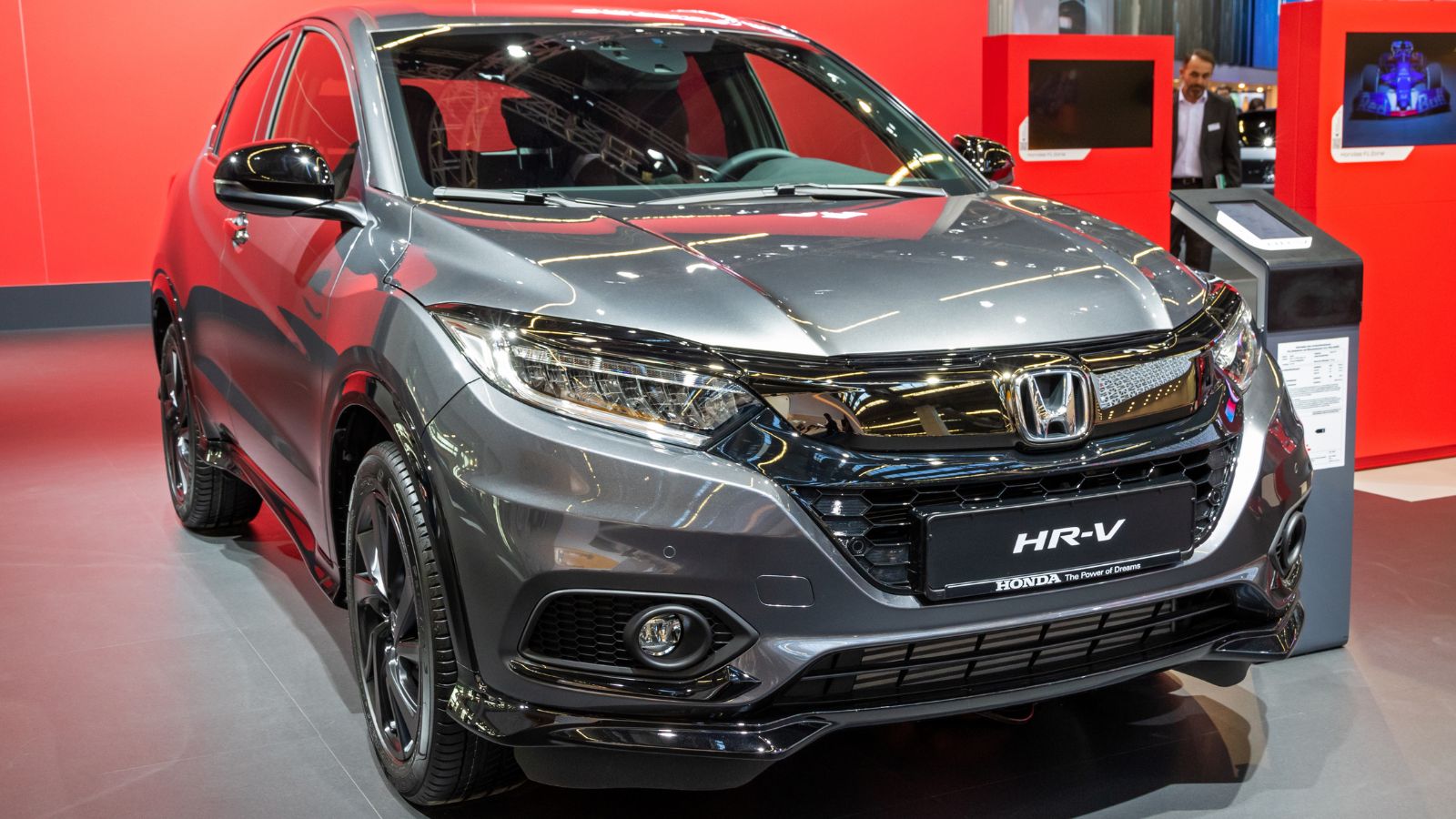
The Honda HR-V has a reputation for being a budget-friendly subcompact SUV, but its safety record doesn’t always live up to expectations. While the newer models have seen improvements, earlier versions, especially those before 2022, struggled in small overlap crash tests conducted by the IIHS. Additionally, the absence of standard advanced safety features, such as blind-spot monitoring and rear cross-traffic alert, in base trims further compromises its standing. Plus, the HR-V’s side-impact protection ratings and pedestrian safety scores are average at best.
Mitsubishi Mirage
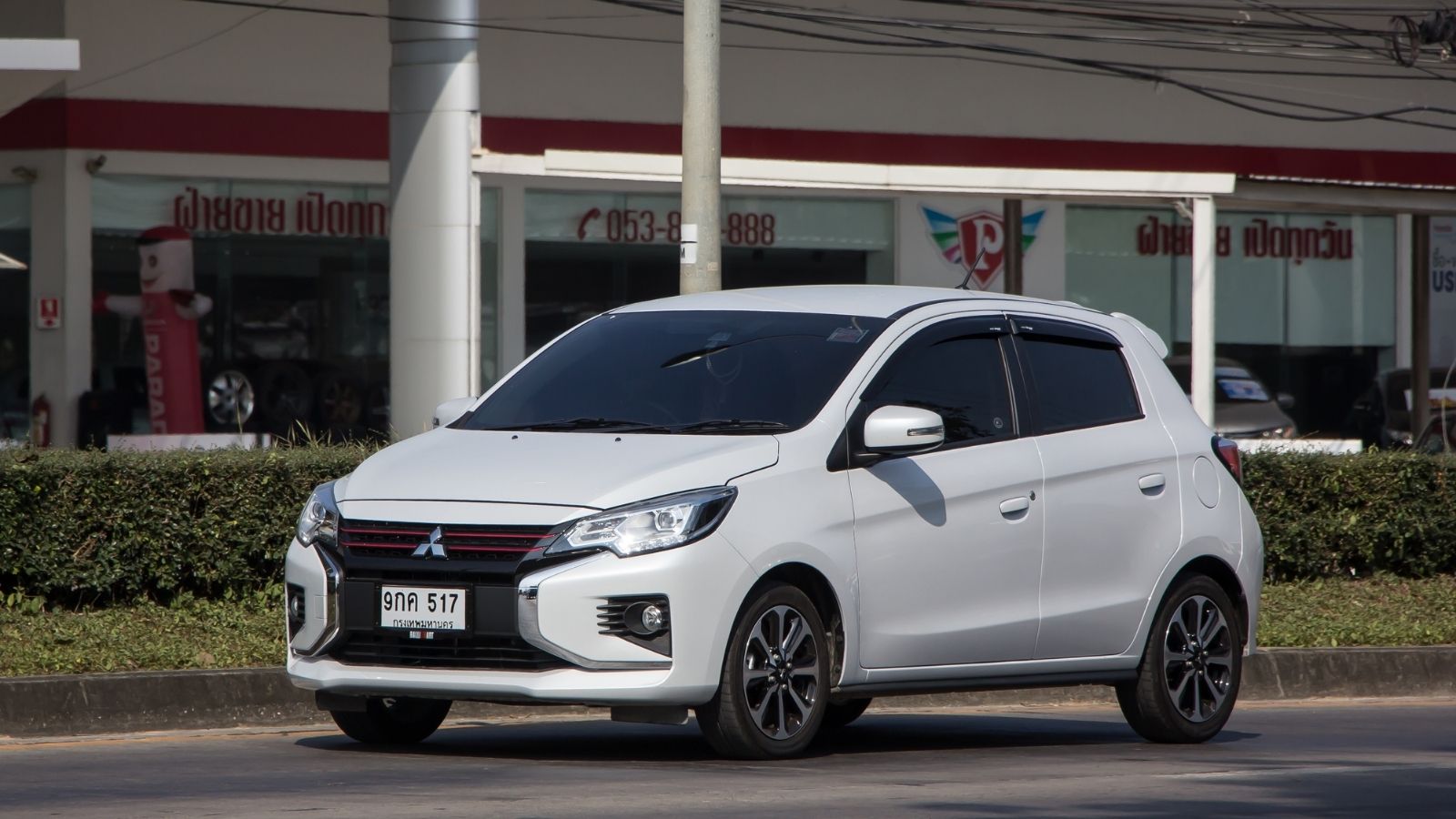
The Mirage’s affordability makes it a go-to option for cost-conscious drivers, but it comes with trade-offs in terms of safety. In IIHS tests, it consistently underperformed in moderate and small overlap front crash evaluations. Its crash energy absorption and structural integrity have been described as weak. Furthermore, it lacks standard driver-assistance tech like automatic emergency braking on base models. And, with minimal weight and a narrow body, it doesn’t inspire confidence in high-speed collisions.
Dodge Journey
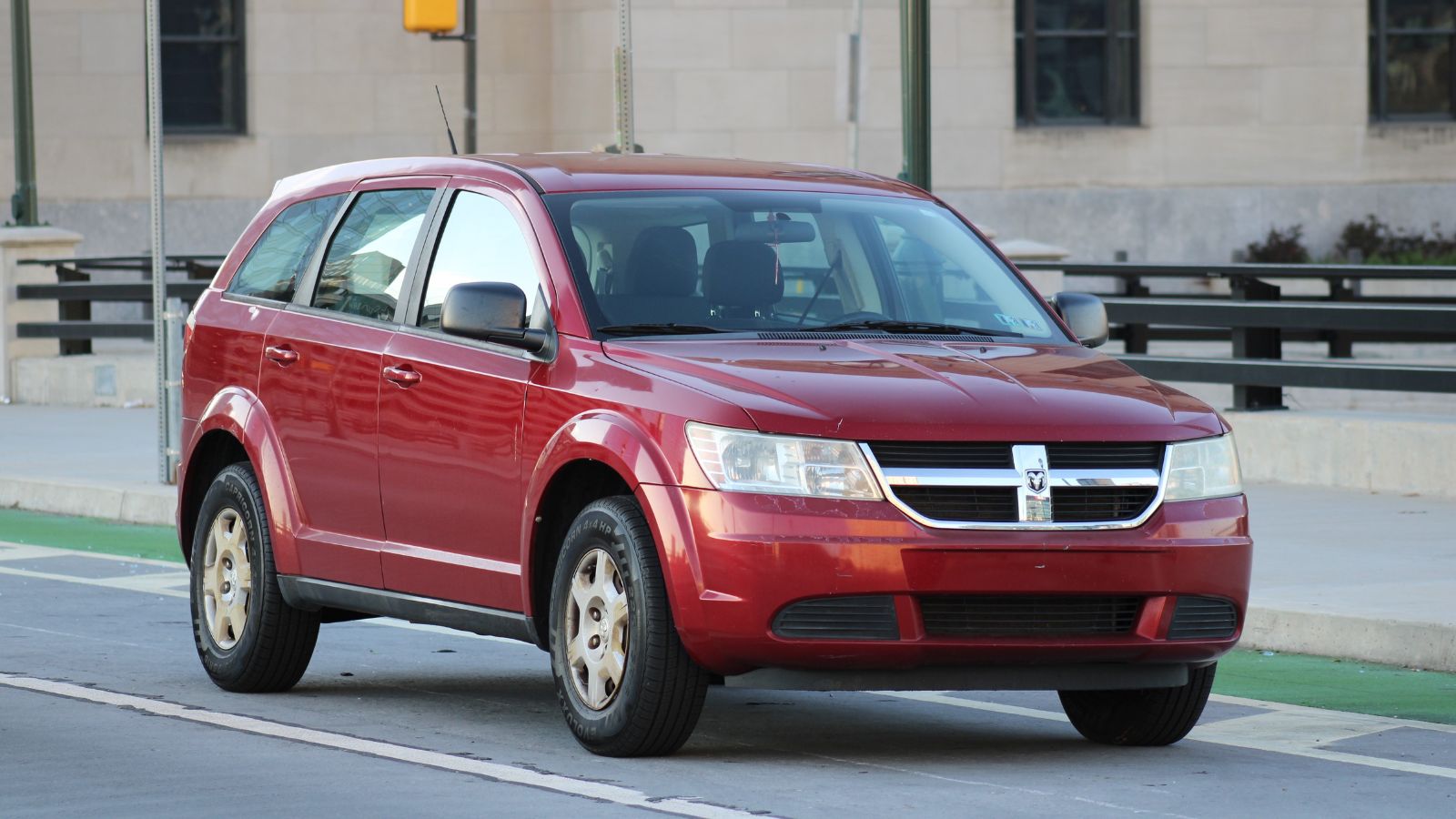
The Dodge Journey has been a steady seller in Canada, especially for families looking for a seven-seat crossover on a budget. However, its aging platform and outdated safety design have raised serious concerns. The vehicle has not kept up with newer crash test standards and scores poorly in IIHS and NHTSA frontal crash tests. Active safety features are also largely absent unless you climb to the highest trims. And, its side-impact protection and rollover resistance also lag behind modern competitors.
Chevrolet Spark
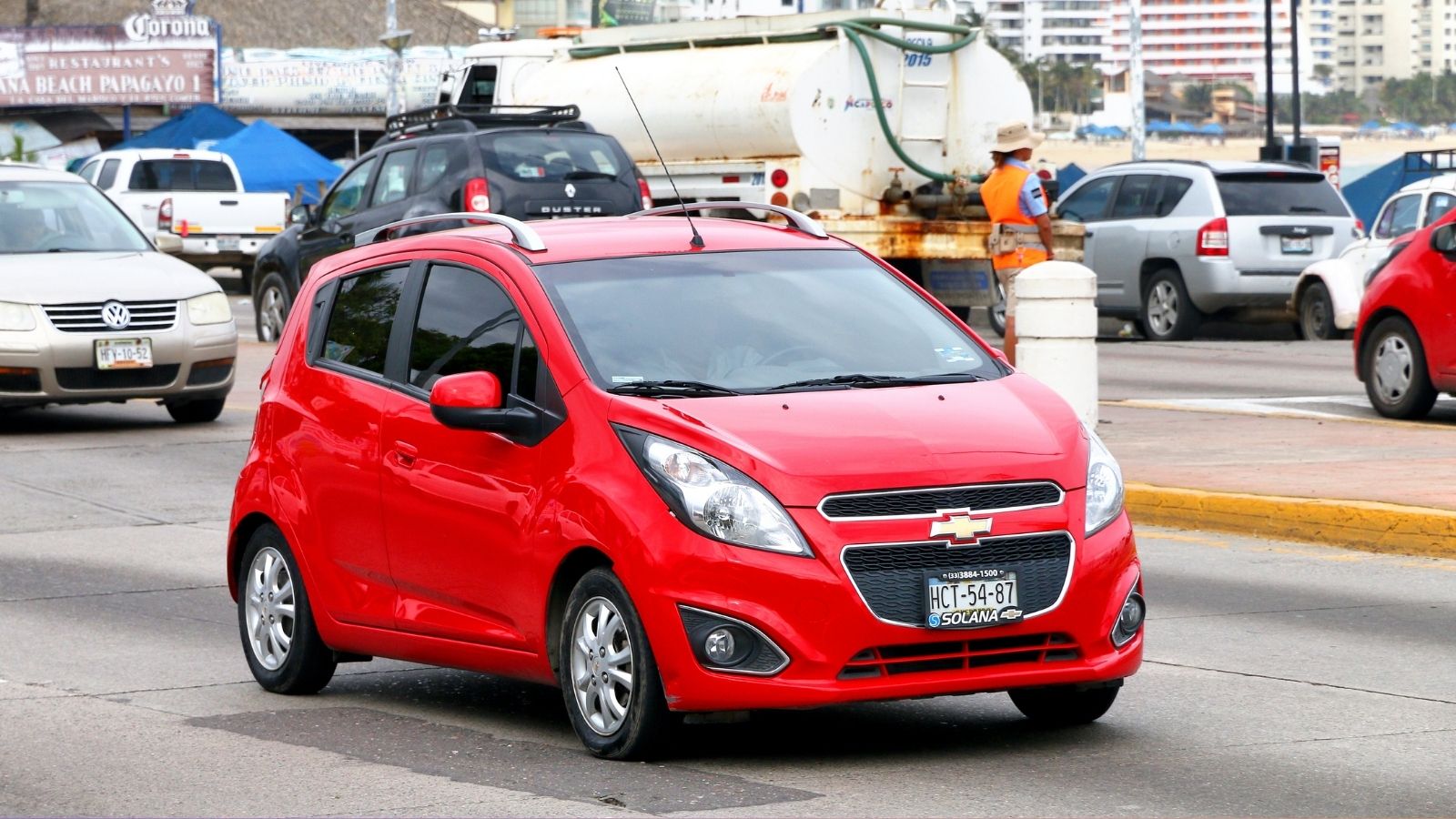
Despite its small footprint and nimble handling, the Chevrolet Spark doesn’t fare well in safety evaluations. It struggles with crashworthiness in small overlap front crashes, and its structural reinforcements are not robust enough to offer full occupant protection in major collisions. The Spark also lacks a full suite of safety tech, particularly in its base configuration. Though it has airbags and a rearview camera, features like lane departure warning and forward collision alert are missing in many trims.
Jeep Wrangler
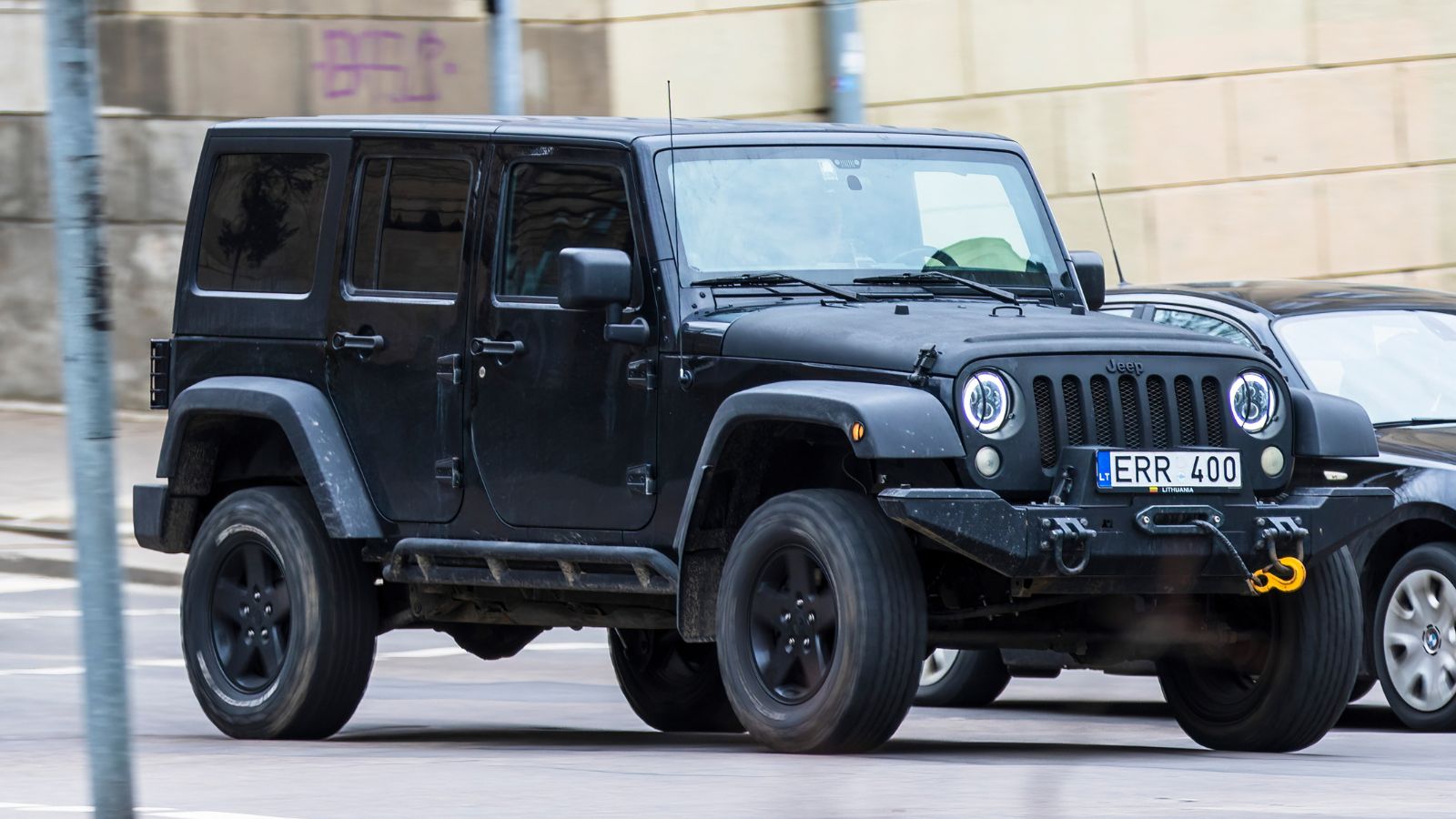
The Jeep Wrangler is beloved for its off-road capability and rugged design, but safety has never been its strongest suit. In IIHS testing, the Wrangler has shown troubling tendencies, such as tipping over during the small overlap front crash test. Its removable doors and roof, while great for adventure, do little to protect in a side collision. It also lacks crash-avoidance tech that’s becoming standard in other SUVs.
Nissan Versa
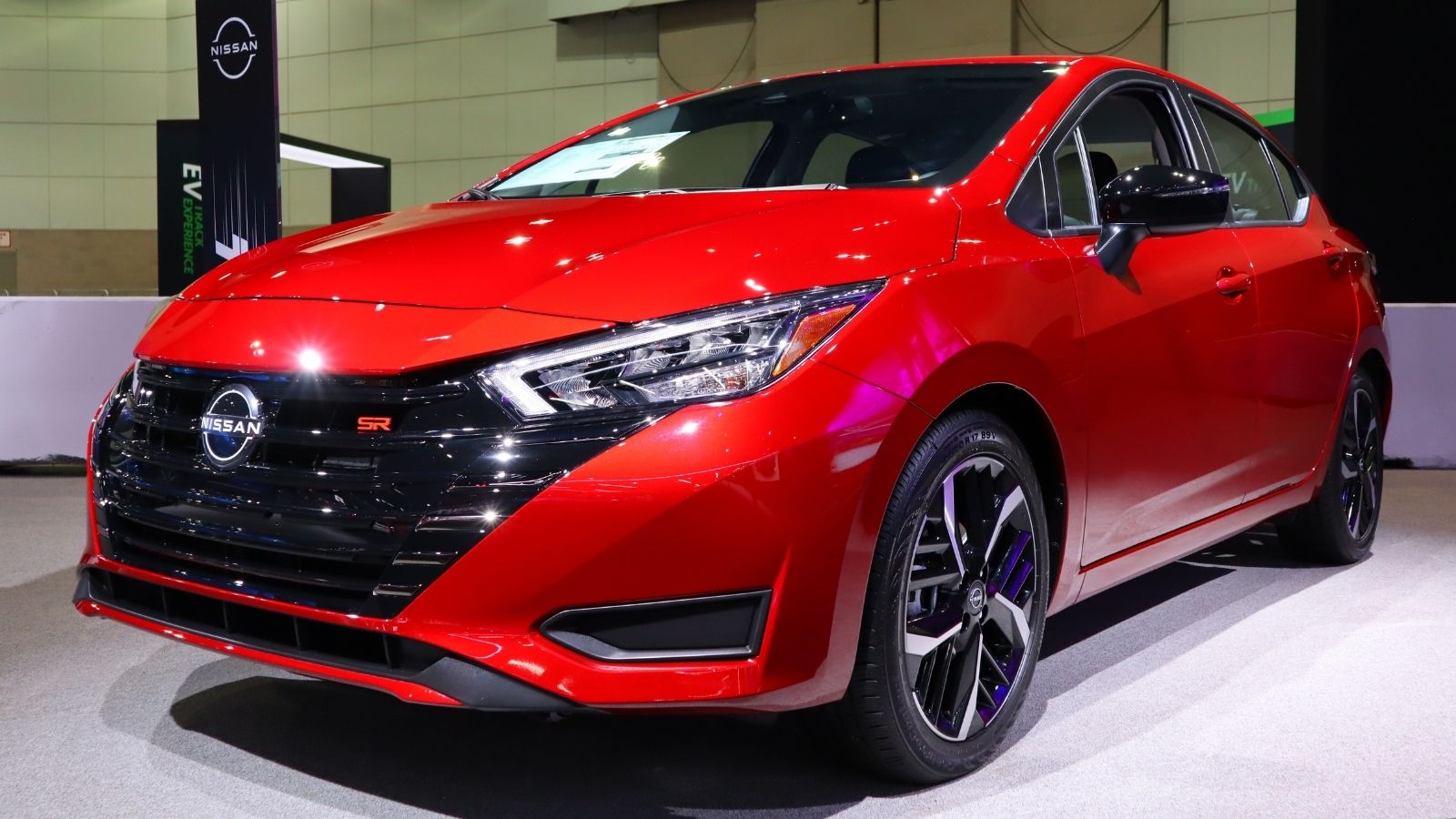
Often found in rental fleets and among budget-conscious buyers, the Nissan Versa doesn’t excel in safety. Earlier models, particularly before the 2020 redesign, received mixed crash-test scores. The IIHS noted poor performance in side-impact and small overlap front tests for older versions. Even newer models, while better, lack some critical safety features unless you opt for higher trims. The cabin’s structural design also offers limited protection in major collisions.
Ford EcoSport
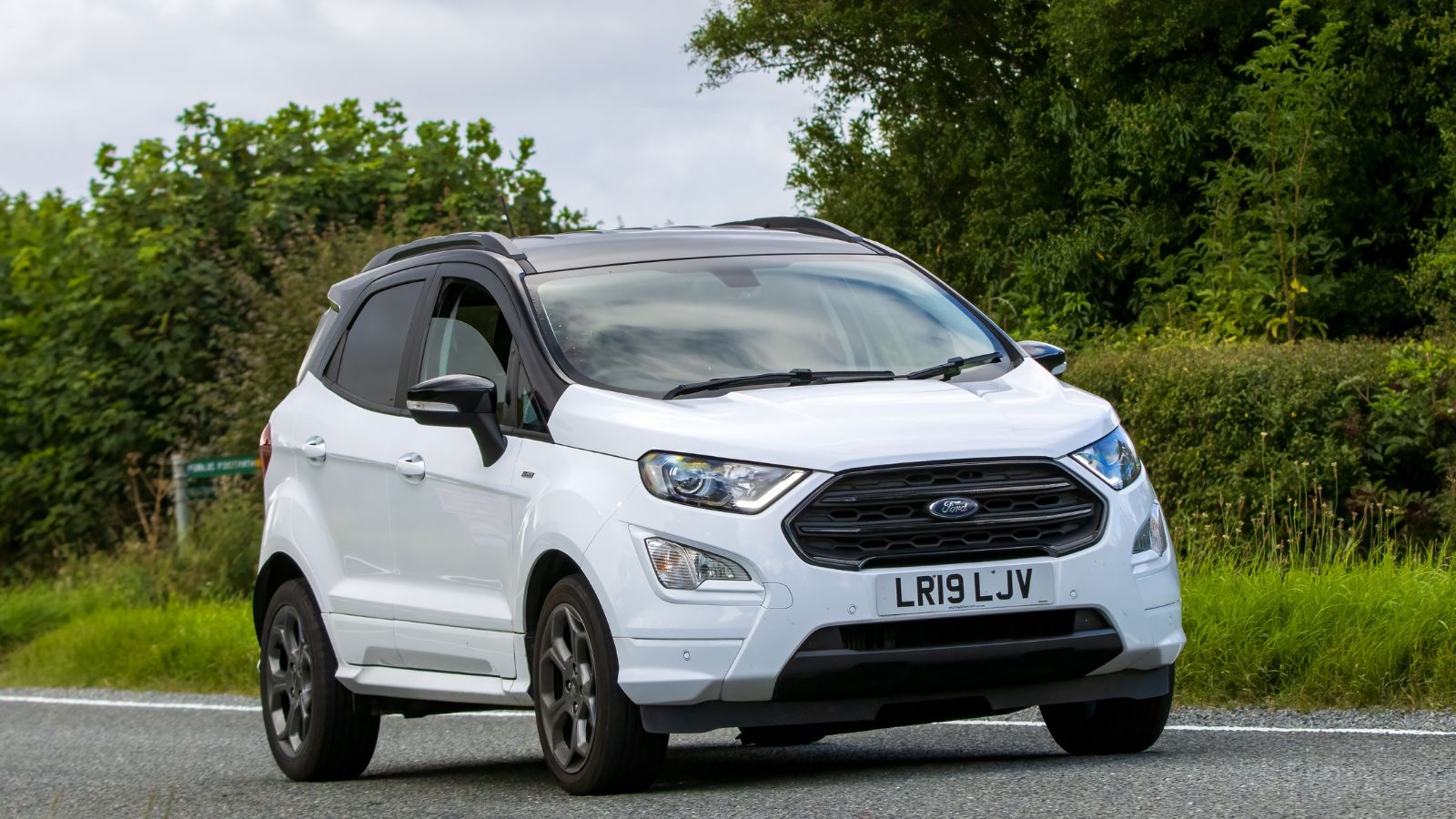
The Ford EcoSport’s compact size and tall ride height make it a city-friendly option, but it falters in crash testing. The IIHS and NHTSA results reveal below-average performance in frontal crash and side-impact categories. It also lacks standard safety tech such as adaptive cruise control or lane-keeping assist, especially in base trims. Interior space constraints also lead to subpar rear-seat safety. Plus, with newer, safer subcompact crossovers on the market, the EcoSport feels dated and under-equipped for modern safety expectations.
Kia Rio
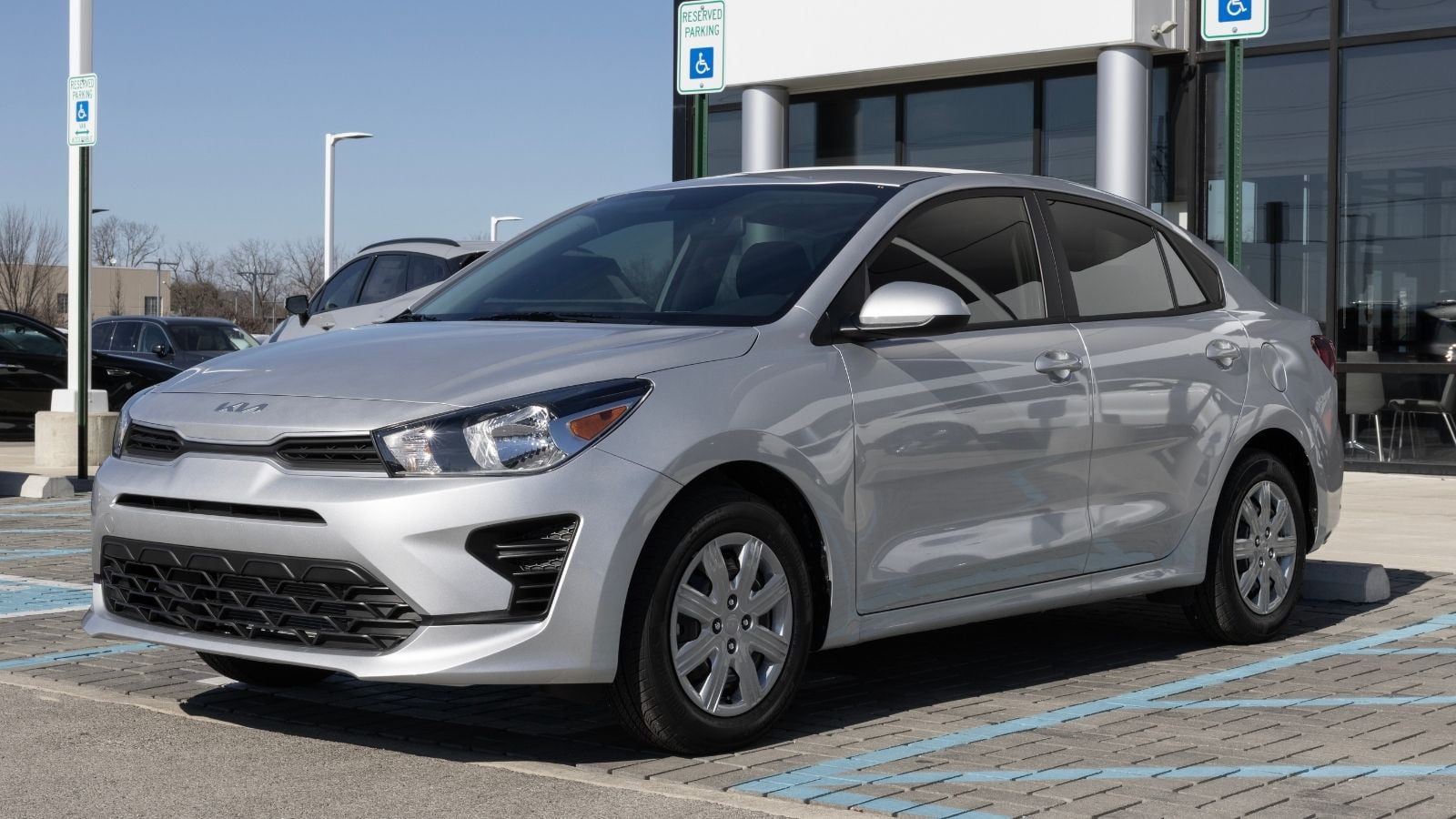
Although the Kia Rio has improved in terms of design and efficiency, its safety credentials are still questionable, especially for older models. Pre-2021 Rios performed poorly in small overlap crash tests and did not include crucial safety technologies. The basic model doesn’t offer automatic emergency braking or blind-spot monitoring. Its light weight also impacts its ability to withstand high-impact crashes. Owners might appreciate the value and fuel efficiency, but from a safety perspective, there are more robust choices in the same price bracket.
Hyundai Accent
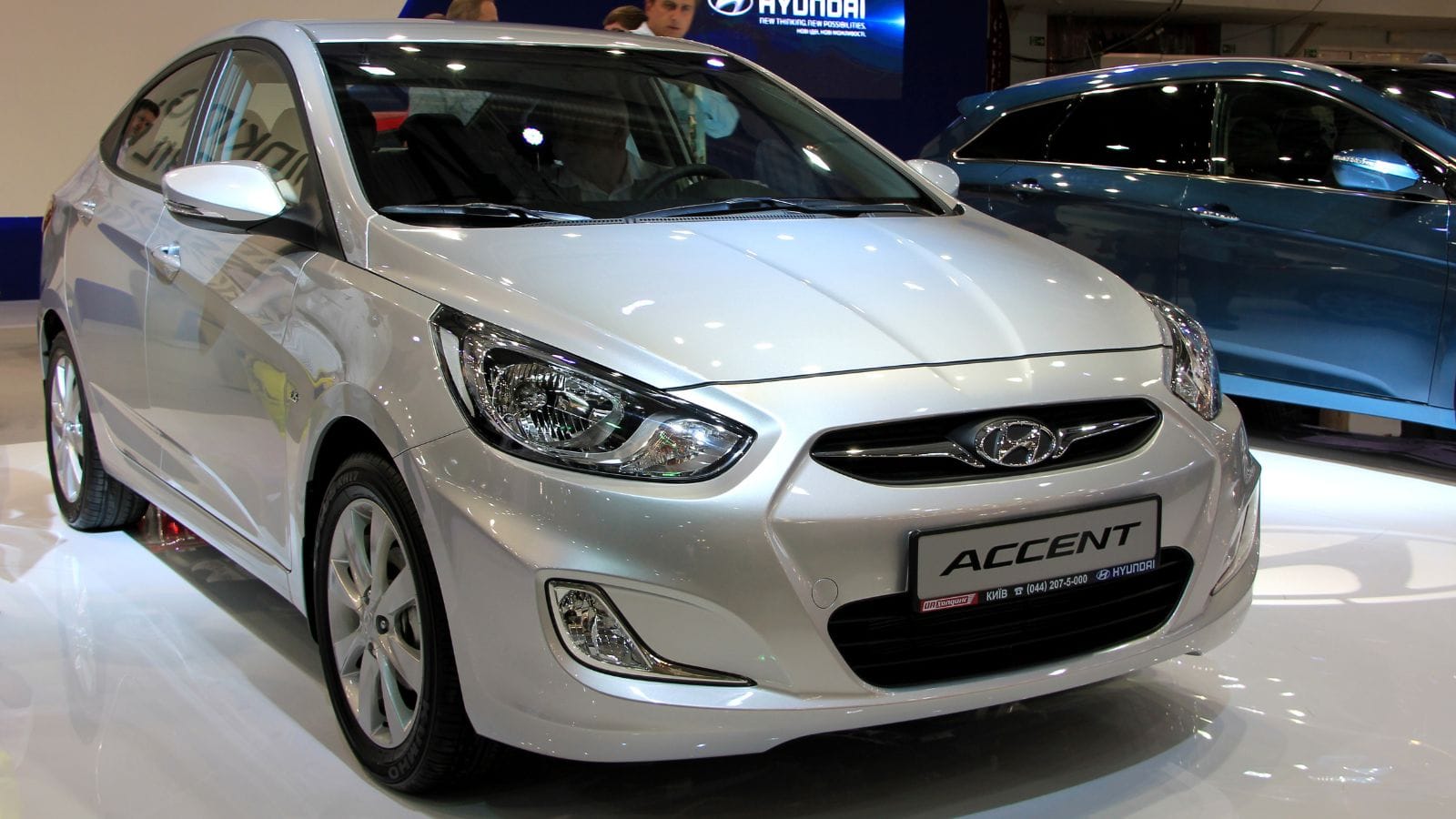
Hyundai’s subcompact Accent is another example where price doesn’t equate to safety. While recent models have added more safety features, earlier versions, particularly before 2020, were criticized for weak crash test results and a lack of advanced safety tech. Side-impact protection and roof strength ratings were especially underwhelming. Plus, given its light build and minimal crash energy dispersion capability, the Accent is not an ideal vehicle for those prioritizing safety, especially on highways or in areas with high-speed traffic.
Chevrolet Trax
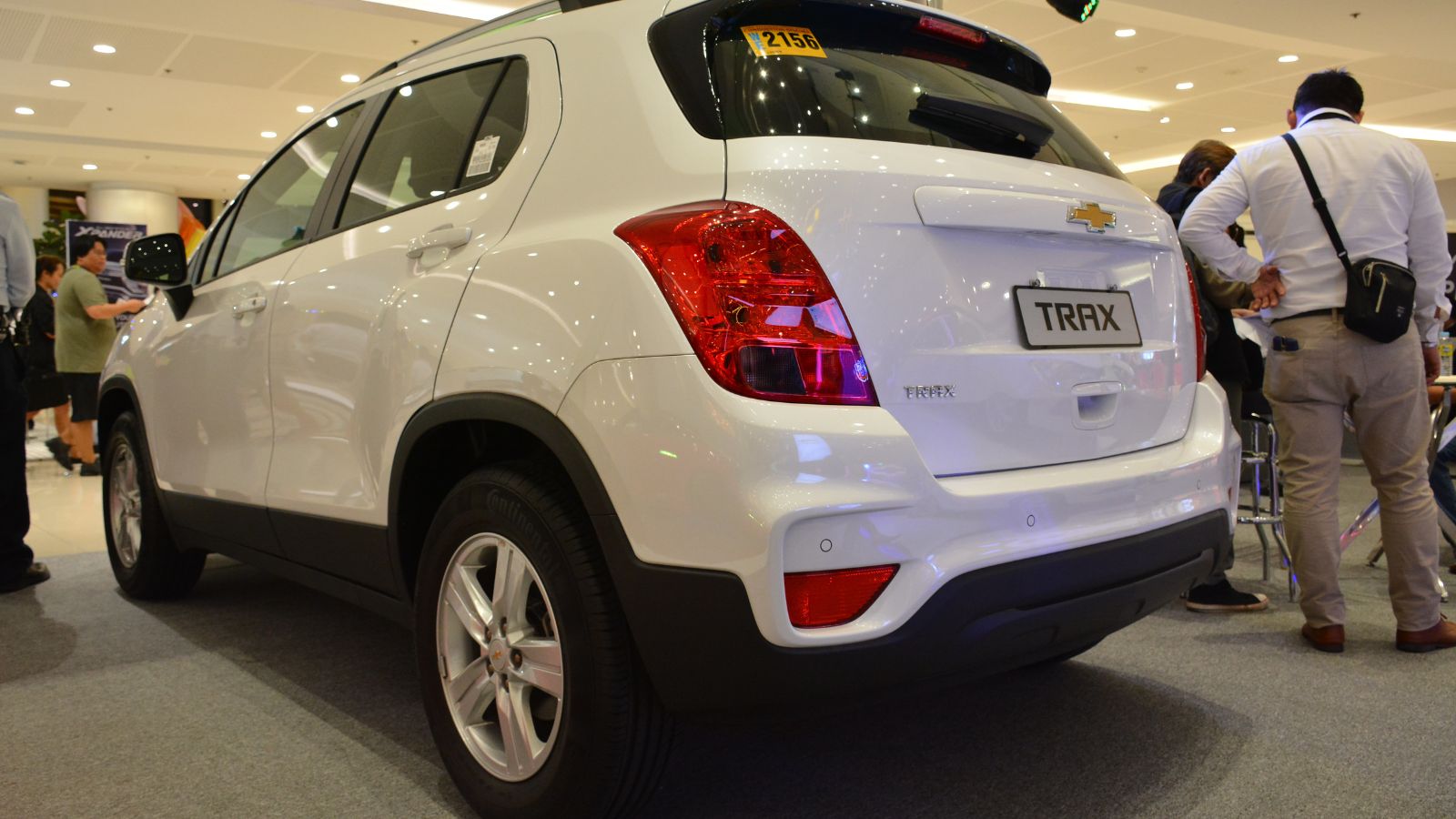
The Chevrolet Trax, while offering SUV styling in a small package, doesn’t shine in crash performance. Earlier models, especially those before the 2024 redesign, lacked key safety systems unless buyers upgraded to higher trims. The structure of the vehicle showed weaknesses in small overlap front crashes, and side-impact ratings were middling. Its safety tech offerings were behind competitors, lacking features like pedestrian detection or automatic high beams.
Fiat 500
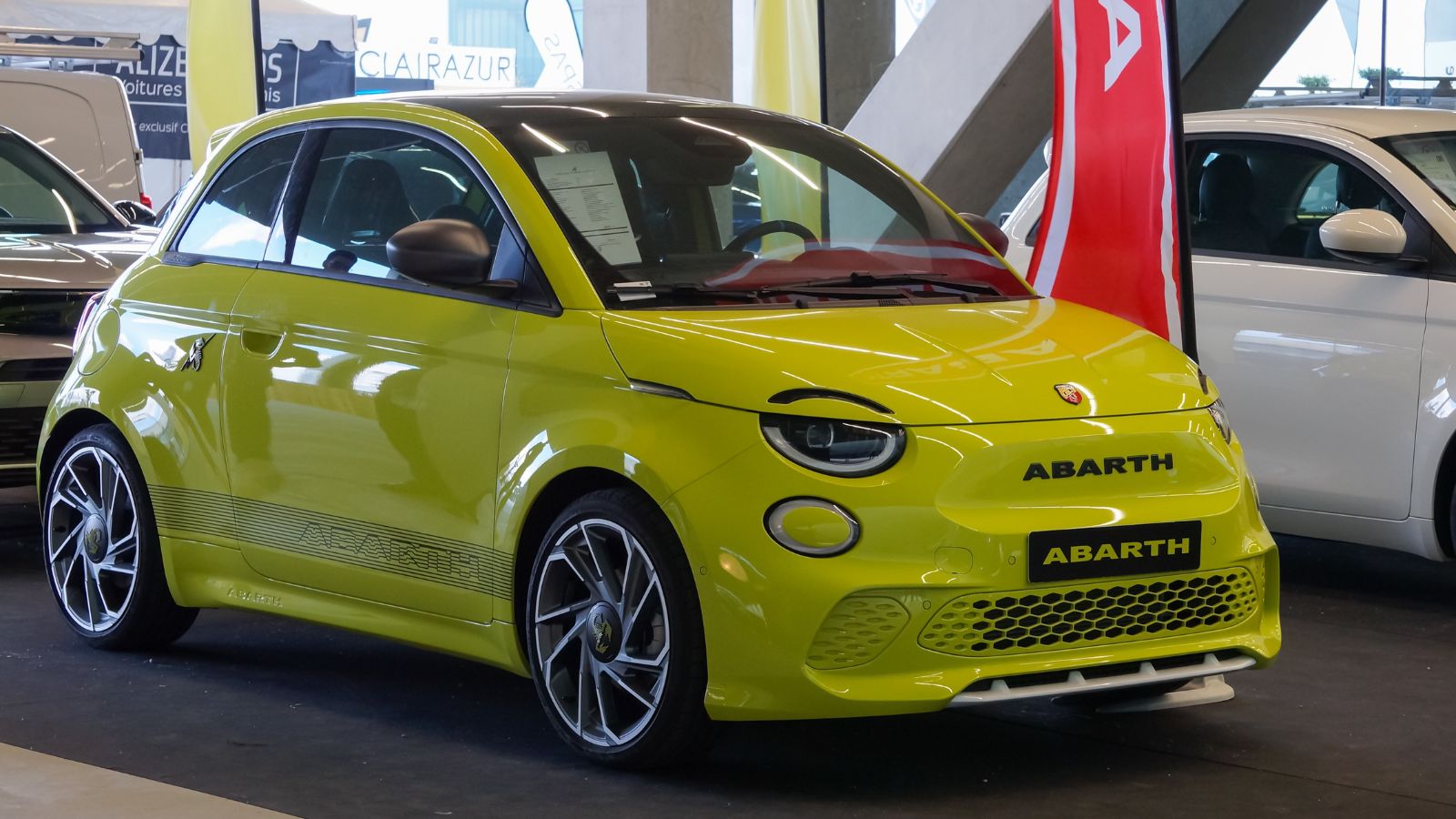
The Fiat 500’s retro appeal is hard to resist, but safety-wise, it’s not a standout. In IIHS and NHTSA tests, it failed to meet top marks, with concerns around its small size and minimal crumple zones. The vehicle doesn’t offer many advanced safety technologies, and the build quality raises questions about long-term durability. Rear-seat passengers are especially vulnerable in side and rear collisions. And, while it’s a fun and economical car, especially in the city, it doesn’t offer much peace of mind in accident scenarios.
Nissan Kicks

The Nissan Kicks has seen solid sales as a budget-friendly crossover, but its safety package isn’t comprehensive. Its crash-test results are adequate but far from stellar, particularly in small overlap and side-impact tests. The base model omits features like blind-spot warning and rear cross-traffic alert. Structural concerns have been raised in IIHS evaluations, indicating the vehicle may not withstand significant impacts well. Though it scores well for fuel economy and tech, its crashworthiness is a point of concern.
Ford Mustang

The Ford Mustang may be a performance icon, but it’s not the safest option in its segment. Rear visibility is poor, and the low-slung design limits impact absorption in side collisions. The IIHS noted mixed results for its crash testing, especially in small overlap front tests. Advanced driver-assist features are not standard, making lower trims feel outdated. It’s a thrill to drive, but safety often takes a back seat, particularly when it comes to daily use or transporting passengers.
Jeep Renegade

Jeep’s subcompact Renegade appeals to those seeking off-road style in a smaller format, yet it lacks strong crash-test credentials. Its performance in side-impact and roof strength evaluations has been underwhelming. Many trims also skimp on essential safety tech unless optioned up. Plus, in terms of structure, it’s less stable than some of its competitors in the same price range. While its quirky design and off-road ability may attract adventurous drivers, the trade-off in occupant protection can’t be ignored.
Toyota Yaris
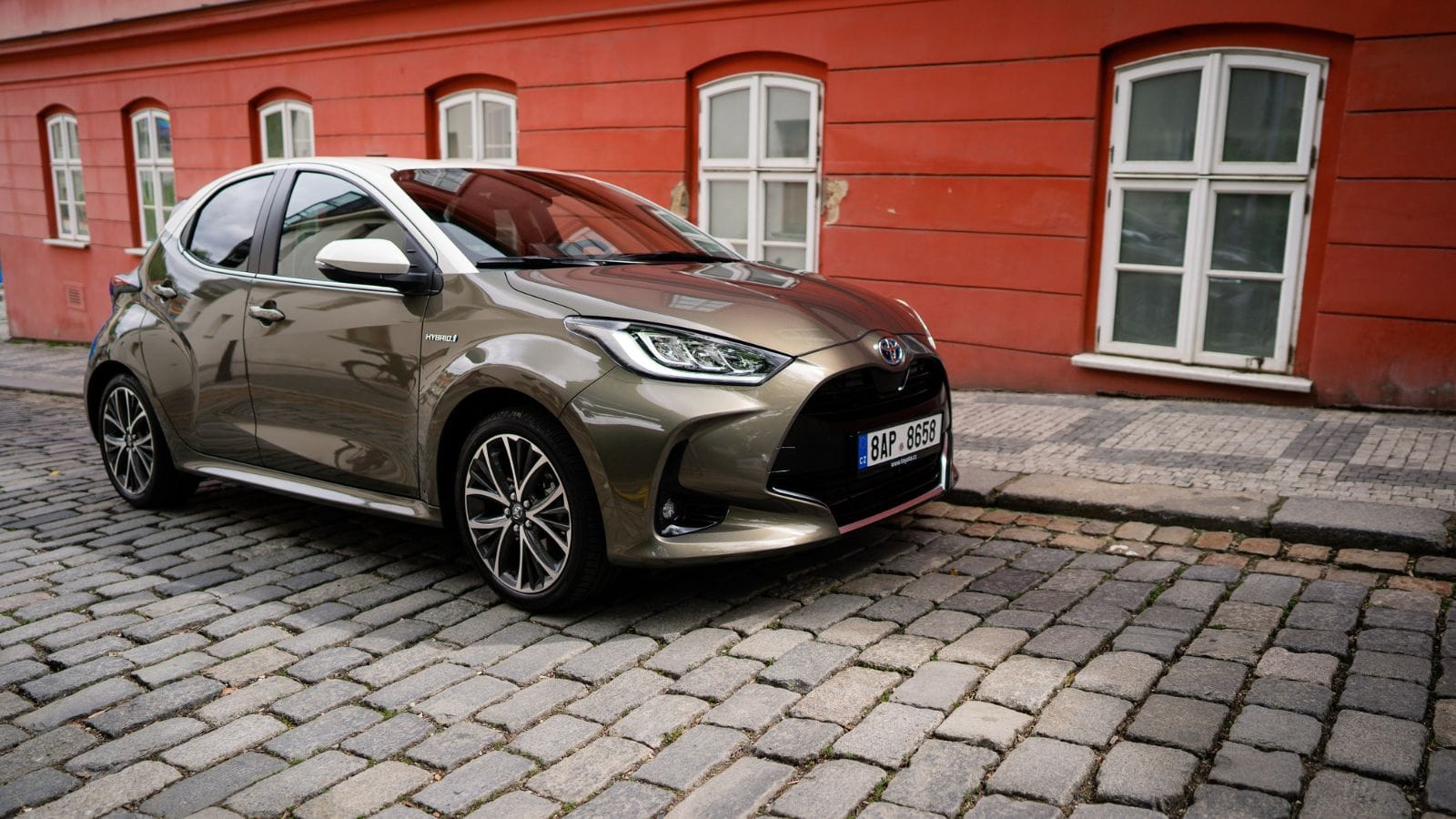
Known for being economical and easy to drive, the Toyota Yaris surprisingly lacks in some critical safety areas. Older versions scored poorly in side-impact and head restraint tests. Even newer models don’t always offer full advanced driver-assist features as standard. The small body design also raises concerns in multi-vehicle collisions. Though it benefits from Toyota’s reputation for reliability, the Yaris doesn’t lead its class in safety, and those looking for strong crash protection may want to look elsewhere.
Chrysler 200
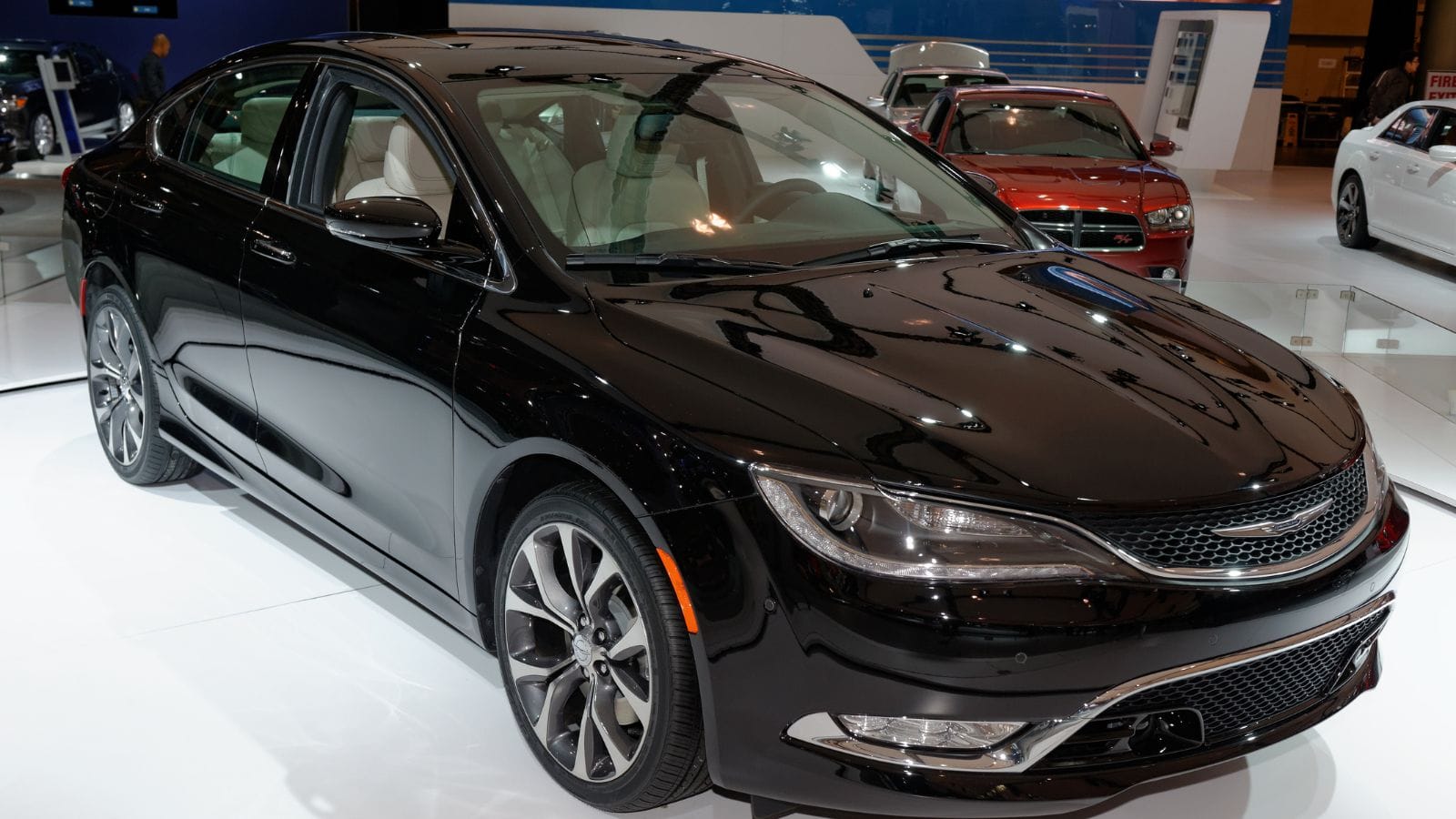
The Chrysler 200’s sleek styling and available features weren’t enough to compensate for its subpar safety performance. In particular, small overlap front crash scores from the IIHS were disappointing. The vehicle’s roof strength and rear impact protection also received mediocre ratings. While higher trims offered more technology, base models were lacking in basic safety systems like forward collision warning. The interior space made little improvement to rear-passenger safety in crash simulations.
Smart Fortwo
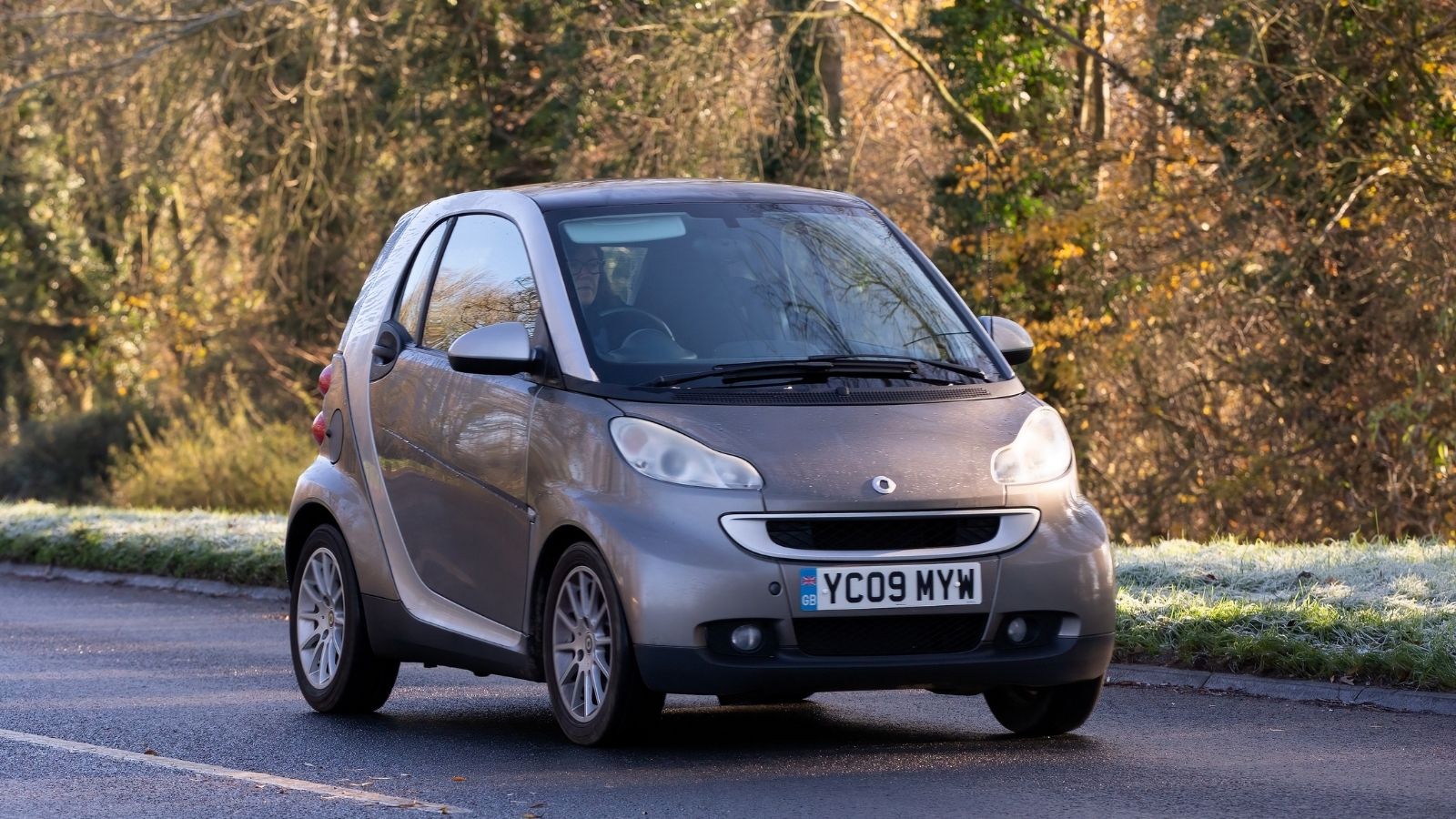
The Smart Fortwo’s ultra-compact size is ideal for dense urban environments, but it’s a trade-off when it comes to crash safety. The short wheelbase and light frame make it more vulnerable in collisions with larger vehicles. IIHS and NHTSA testing revealed low scores in side-impact protection and poor ratings for overall structural integrity. It also lacks many advanced safety features that are now considered standard. While it fits in the smallest of parking spots, it doesn’t offer substantial protection in real-world accident conditions.
Hyundai Elantra (Older Models)
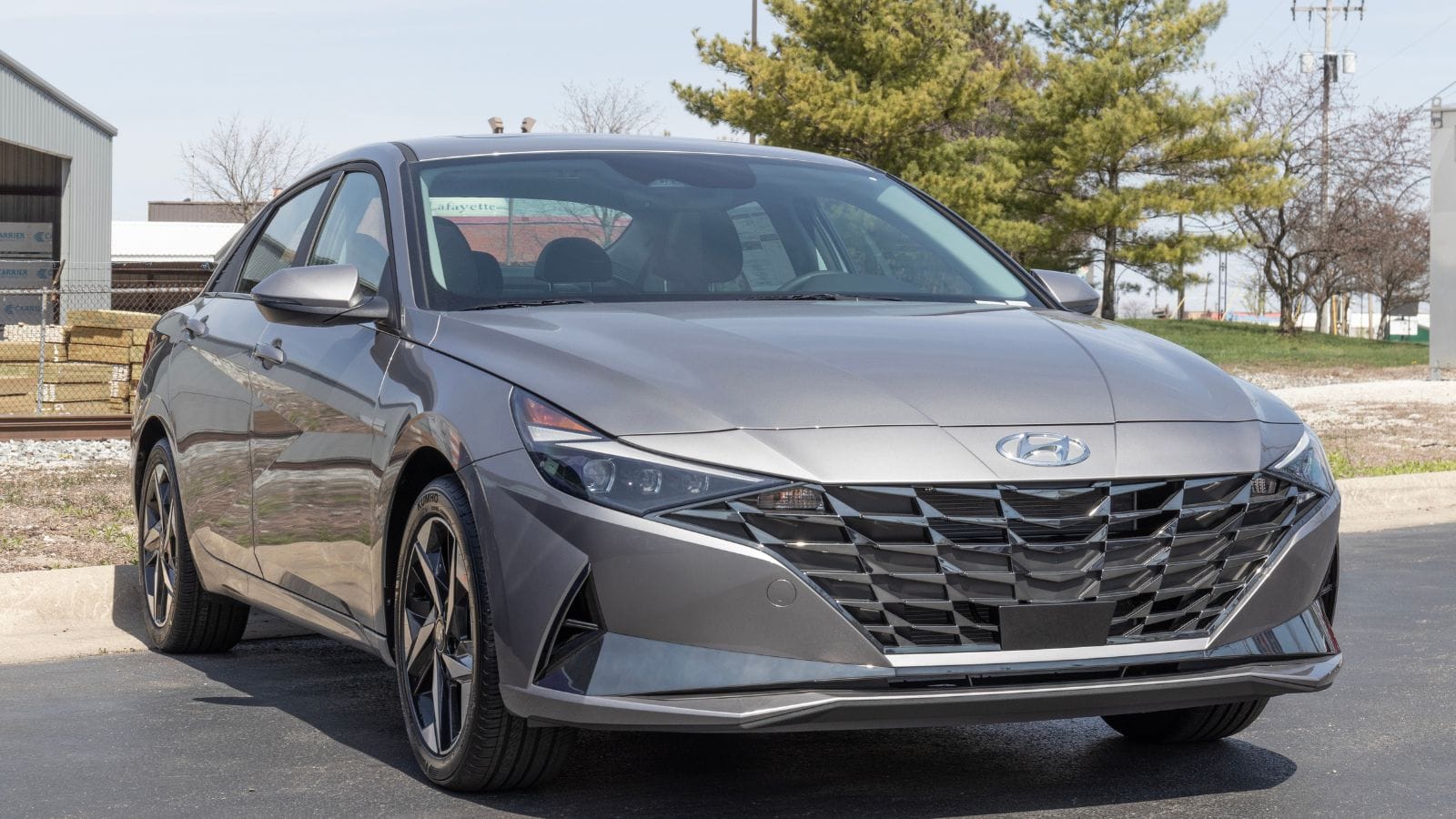
Though newer Elantras have greatly improved, models from earlier years, especially 2011–2016, have been criticized for crash safety. Small overlap and moderate front overlap crash test scores were often average or below. Airbag deployment issues and limited high-strength steel usage were cited in evaluations. Rear-seat safety was also a weak spot in these models. While they remain a commonly used car purchase, older Elantras should be approached with caution by safety-minded buyers.
Mazda2

The Mazda2, discontinued in North America but still common on Canadian roads, doesn’t have a strong safety resume. Crash test scores were underwhelming, especially in side and frontal impacts. The car’s size and light weight contributed to its poor performance, and it lacked essential safety technologies like stability control in base trims. Its minimalistic approach to design came at the expense of occupant protection. For budget buyers, it may be tempting, but the risks are worth considering.
Volkswagen Beetle

The last generation of the Volkswagen Beetle may charm with its retro aesthetic, but it didn’t win over safety evaluators. It received mediocre scores in several crash categories and lacked standard driver-assist features even in its final production years. Its structural integrity in small overlap crashes was a particular concern. With limited space and outdated safety architecture, it failed to meet modern standards. Although no longer sold new, many used Beetles are still popular among younger drivers.
Dodge Grand Caravan
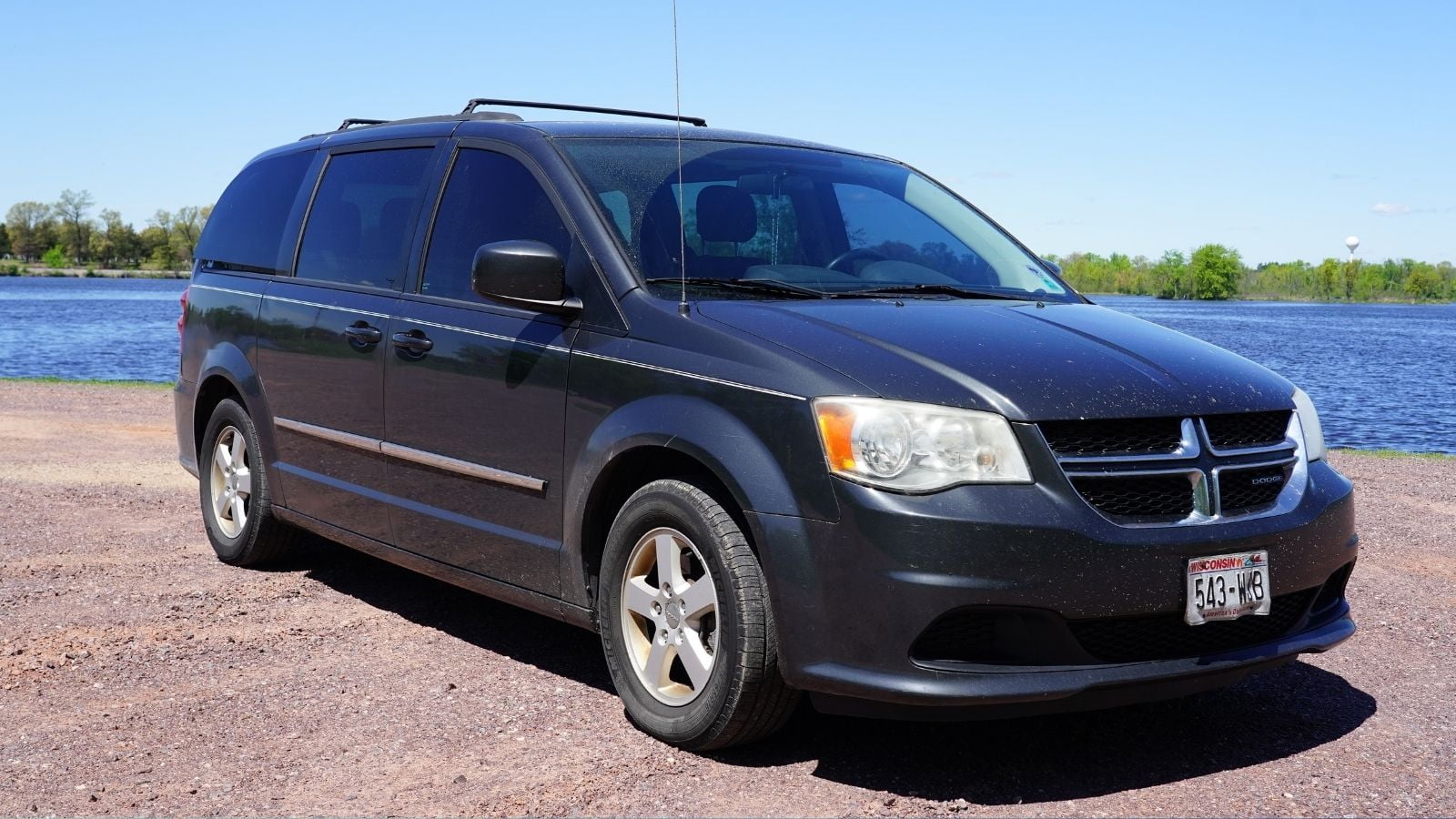
Despite its long reign as a family favorite, the Dodge Grand Caravan doesn’t stack up well in safety comparisons. Many models sold in recent years lacked automatic emergency braking, blind-spot monitoring, and other essential safety features unless bought in top trims. Its crash test scores, particularly in side-impact and rear-impact scenarios, were consistently average. Plus, the minivan’s age and outdated platform contributed to poor rollover resistance. Families prioritizing occupant protection should evaluate newer alternatives.
21 Products Canadians Should Stockpile Before Tariffs Hit

If trade tensions escalate between Canada and the U.S., everyday essentials can suddenly disappear or skyrocket in price. Products like pantry basics and tech must-haves that depend on are deeply tied to cross-border supply chains and are likely to face various kinds of disruptions
21 Products Canadians Should Stockpile Before Tariffs Hit
